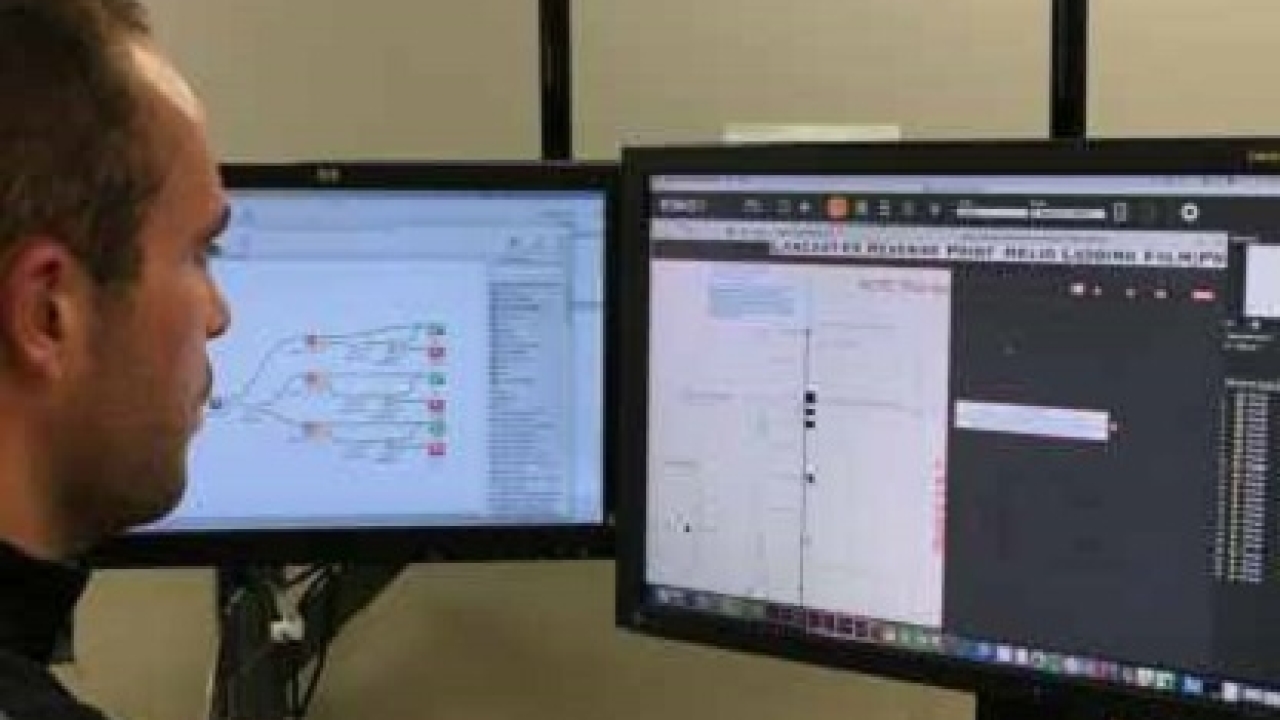Bemis unites Esko and Global Vision to automate quality control
Bemis Company has implemented one of the first automated quality control processes in the packaging market featuring Global Vision quality control tools embedded within Esko Automation Engine.

Bemis Company is the largest flexible packaging company in the Americas, and serves customers worldwide with 61 facilities in 12 countries worldwide. Over 70 percent of its products are used in food and consumer goods markets, serving a wide variety of companies such as Kraft Heinz, Procter & Gamble, Kimberly-Clark, Hormel, Boston Scientific and General Mills. Other markets include agribusiness, medical devices and pharmaceutical applications.
In its pre-press department, Bemis Graphics, in New London, Wisconsin, originally proofed files by visually comparing files to proofs, before moving to Automation Engine tools, using Viewer Compare, which places two files on top of one another and highlights the differences. It worked well, but an even more automated option was sought that would save operator time and be less error-prone. Since the beginning of 2016, Bemis has been using Global Vision tools and Automation Engine together.
With Global Vision quality control tools embedded within Esko Automation Engine, Bemis Company now catches errors in packaging files quickly and easily as the complete, automated system utilizing text, image, spell, Braille and barcode checks assures files match the customer's approved artwork. Pretty much after every file iteration, Bemis conducts a compare or file check on all the graphics elements and text, along with barcodes, comparing them back to the art file. As the artwork is built, a spell and barcode check is conducted after Esko normalizes the PDF file. The file is then compared to the original art files to see if anything has changed. When traps are added and high-resolution images assembled, a comparison is made to the previous PDF file.
Jeff Hochhausen, Bemis Graphics production manager, explained: ‘Like any company, we would miss things. It could be anything from copying text incorrectly and misspelling a word, to nudging a logo and inadvertently dropping something off the artwork. Unfortunately, there were times when we would print something incorrectly. While we had been using Esko tools for decades, we learned about Global Vision when we were tasked to compare printed jobs back to the proofs for details like the correct plates, proofs, color and copy. Things can get missed there.
‘From an overall business standpoint, Global Vision's ScanProof, where we scan a press sample and compare it to a visual PDF, worked perfectly for us. Then we wondered, “why not build this feature into our workflow?”. Global Vision had a server-based option where we could drop two files into a hot folder—the scan and the Automation Engine-generated PDF file. We were looking to automate the process to add speed. Certainly, an automated system is faster and more accurate than what a person can do.’
Using Automation Engine for spell checking has further streamlined that process, as using Abode Illustrator would require the library in every workstation to be changed if new words are added, such as new ingredients, whereas Automation Engine uses one central library. Bemis is additionally using the Global Vision tools in other ways, for example, in its order entry process. ‘We create orders like anyone else and generate a PDF file from it. If someone else touches the order and adds something unwanted, we can detect those changes in the order,’ said Hochhausen.
‘Ultimately, we'd like to be able to skip all the other steps and compare the customer's approved PDF file directly with the 1-bit LEN files. All we really have to do is to assure that the final output matches what the customer approves. The system works really well for us and it has eliminated errors and sped up our quality control process.’
Stay up to date
Subscribe to the free Label News newsletter and receive the latest content every week. We'll never share your email address.

